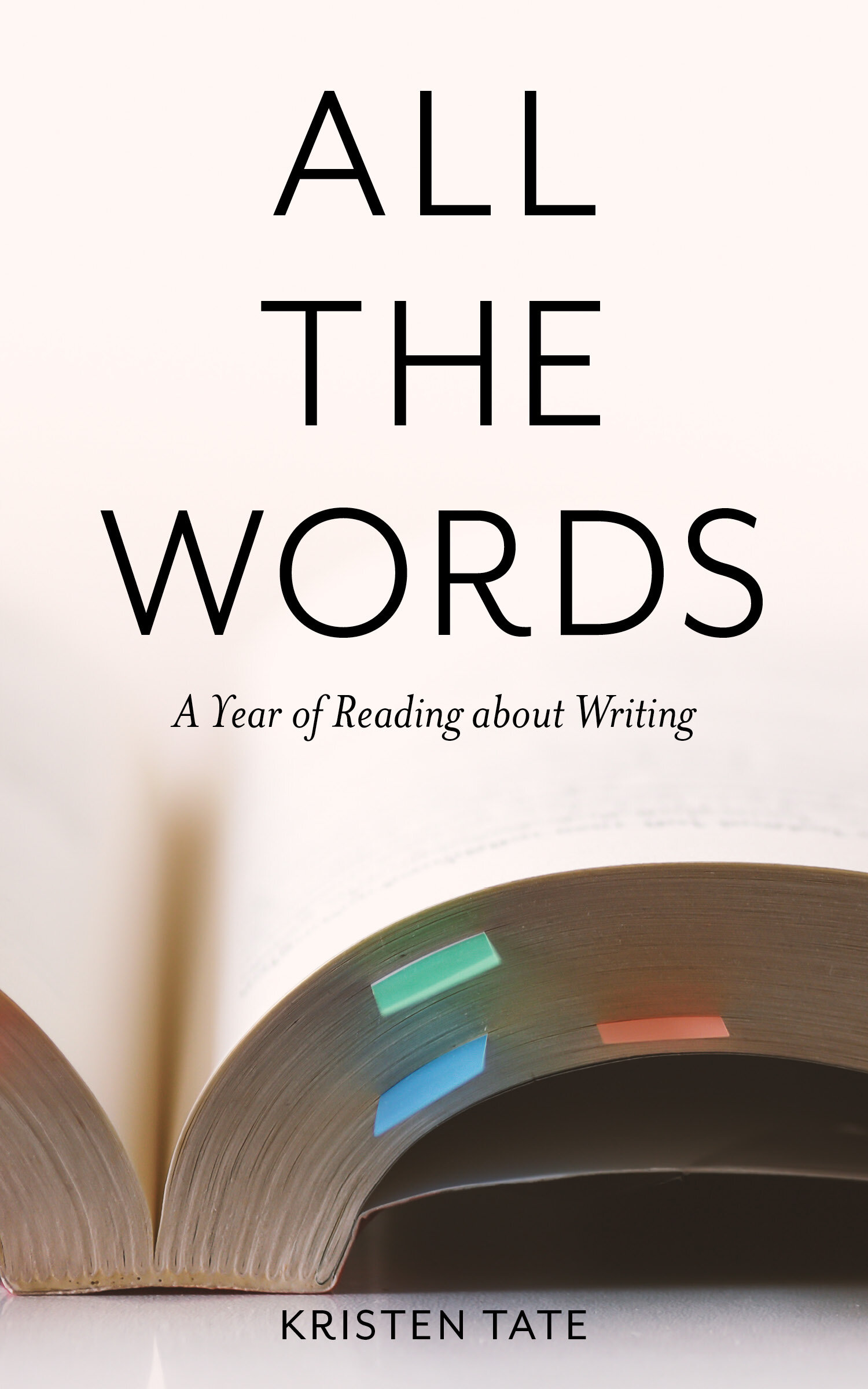Wired for Story, by Lisa Cron
This is part of a series of weekly reviews of writing craft books written in 2019, later revised and collected in Kristen’s book All the Words: A Year of Reading About Writing. Read the first chapter or buy the book in our Shop.
It is week four of 2019. How’s the writing going? Here at the Blue Garret, I’ve settled into the pleasant routine of writing these newsletters each week, and I’m beginning to contemplate what’s next. I think I’m just about ready to open up the drafts of my two barely begun novels and see what’s what.
This week’s craft book, Lisa Cron’s Wired for Story, made that moment feel just a little bit more daunting because Cron is a firm believer in advance plotting and… y’all, I’m a pantser. This may surprise those of you who know my deep love for planning in general and spreadsheets in particular. (I’ve got a very nice one going already for this summer’s epic road trip.) But when it comes to writing, I generally show up to the page with a direction and a few ideas about stops along the way and then feel my way forward bit by bit.
Cron points out that this approach often leads to stories that meander around rather than building: “Without a premeditated destination based on the battle between the protagonist’s inner issue and his longstanding desire, they wander, taking the scenic route to who-knows-where.” I think this is an accurate assessment, and certainly I agree with her that if you can figure out that destination before you begin writing, then you are likely to arrive at a solid draft much faster than if you just pants along.
However, I disagree with Cron’s assertion that the route cannot be straightened out during the revision process: “[N]ew material is crafted first and foremost with an eye toward how it will fit into what’s already there, because our unconscious allegiance is to what we’ve already written, rather than to the story itself. Ironically, the ‘new’ draft is often a big step backward—what was flat in the prior version remains flat, now it just makes less sense.”
Sure, that can happen, but it means the revision hasn’t been thorough enough, not that effective revision is impossible. I’ve worked with many authors who have had to unstitch large sections of their narrative and then weave new material into the resulting holes, with magical results. Just this week I talked to a client who needed to create a believable character motivation for a crucial plot point. Her solution took my breath away: it not only explains the actions of the character, it also injects suspense in another area of the plot. Readers are going to get there and say, “OH! But… oh, shit,” and they are going to love it. I don’t think the author could have come to this brilliant, layered solution in an earlier draft because she couldn’t yet see how all of the pieces of her complex narrative fit together.
So, in summary, if you can see your story and your characters clearly enough to outline, then by all means follow Cron’s suggestions. In sketching out your character bios, Cron advises that you are looking for “the event in his past that knocked his worldview out of alignment, triggering the internal issue that keeps him from achieving his goal; and the inception of his desire for the goal itself.” Nail, head, hit. But if you have to write a meandering draft in order to figure these things out, don’t despair.
Cron’s stance on outlining and revision aside, I think Wired for Story is an invaluable resource for novelists. Cron draws on neuroscience to support her advice, and while that’s a nice extra, it’s largely irrelevant in my opinion. Neuroscience might provide the why, but readers are really going to be looking for the what and the how, and Cron provides these in spades. She covers the most important aspects of storytelling: how to make your characters’ goals drive the plot; how to harness conflict and cause and effect; how to use setting details effectively; how and when to use flashbacks and backstory.
Her advice is sound, supported by plentiful examples, and masterfully organized. Particularly useful are the checklists at the end of each chapter. Have you finished a first draft and want to figure out the strengths and weaknesses of your manuscript? Working through these checklists, on your own or with a critique partner, would be an excellent way to go.
I’ll leave you with Cron’s definition of story:
“A story is how what happens affects someone who is trying to achieve what turns out to be a difficult goal, and how he or she changes as a result. . . . As counterintuitive as it may sound, a story is not about the plot or even what happens in it. Stories are about how we, rather than the world around us, change. They grab us only when they allow us to experience how it would feel to navigate the plot. Thus story, as we’ll see throughout, is an internal journey, not an external one.”
Set off all of your beautiful plot meteors—your dead bodies, your dreamy romances, your family dramas, your epic battles—but don’t forget that it is your protagonist who is the bright sun at the center of your story galaxy.
Here’s to finding that story, any way you can,
Kristen
Check out our Resources page for more in-depth articles on writing, revising, polishing, and publishing your novel. Sign up for our weekly newsletter for fresh content, and you’ll also get our free PDF with recommended reading for writers!



